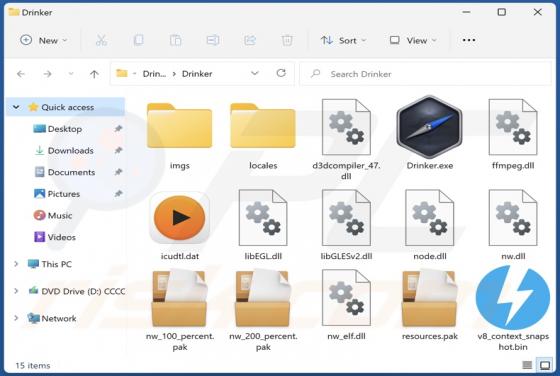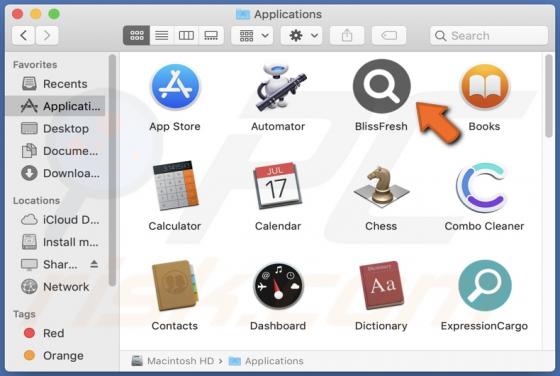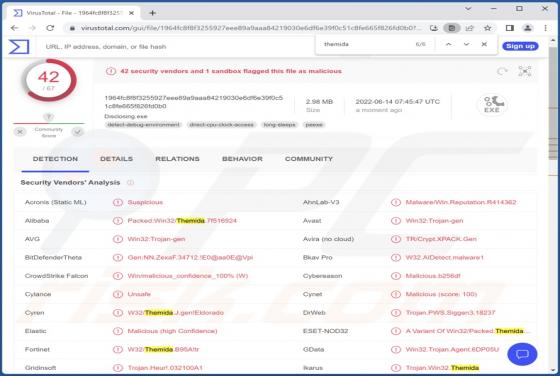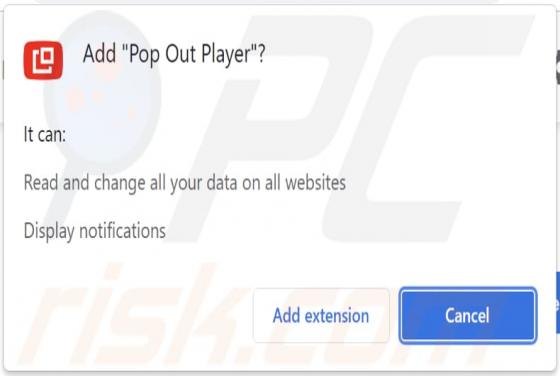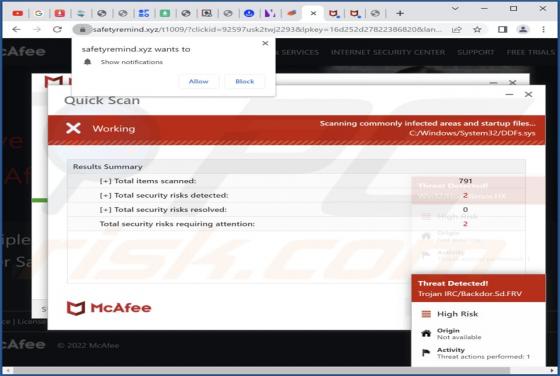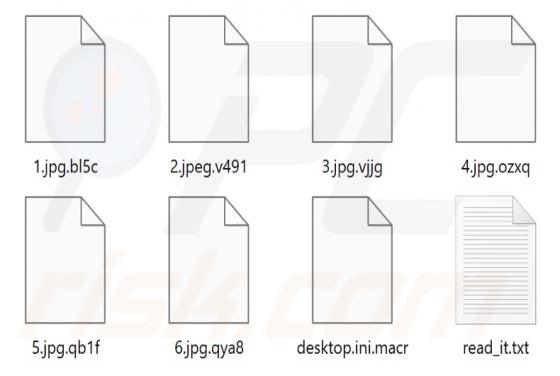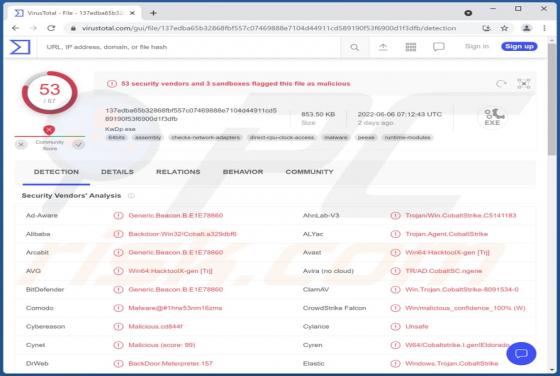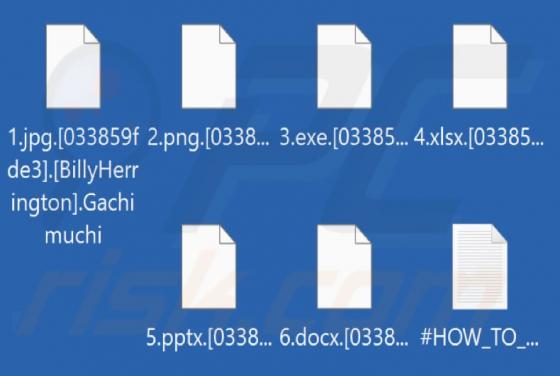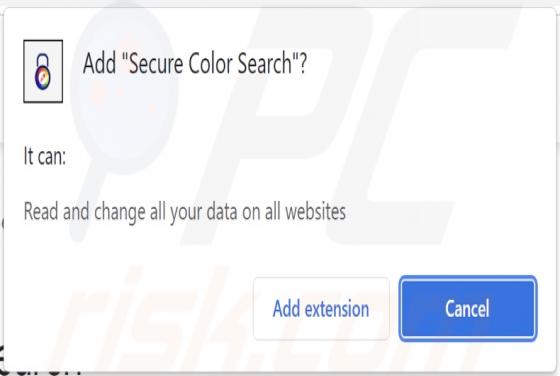
Secure Color Search Adware
Secure Color Search is a browser extension that our research team found while inspecting dubious download pages. This extension allows users to select a color on a website and learn its HEX, RGB, and HSV codes. However, our analysis revealed that Secure Color Search operates as adware. Adv
